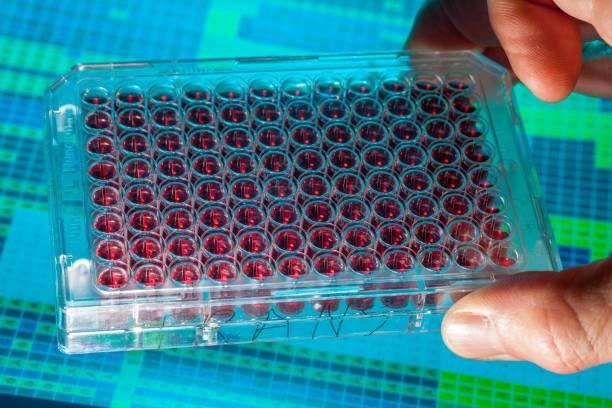What Is a 96 Well Plate?

A 96 well plate has a standard footprint and is intended for the storage of numerous samples. They are made from polypropylene, which is durable and chemically resistant, and feature a V-bottom design for general storage applications. The 96-well plate comes in two formats: traditional flat and round. The round plate holds 320 uL of sample, and the flat plate has 96 wells. The 96-well plate is ideal for serial dilutions and general storage applications. Visit this page to get an elisa 96 well plate at an affordable price.
96 well plates are typically made from polystyrene, a material with poor chemical stability. It is dissolved by many organic solvents and can be corroded by strong acids and alkalis. It also changes color when exposed to ultraviolet light. They are generally used with a microplate reader. The solid-phase polystyrene surface plays an important role in adsorption of antibodies and antigens.
The 96-well format is popular for use in autosamplers. Unlike 96-well SPE plates, these plates feature square-bottomed wells. Besides sample collection, they can be used for bacterial culture growth, high-throughput screening, and nucleic acid purification. They can also be centrifuged at 5,000 g without any deformation, and are compatible with common instruments.
When using a 96-well plate for an experiment, it is important to make sure that the sample collection method you are using is appropriate for your research. You should also take into consideration the sterility of the plate. Some plates may have less than ideal viscosity. To prevent this problem, you should consider using Falcon(r) flexible plates. The non-sterile plates are manufactured in a clean room to meet strict standards, and should not be used for reassembly purposes.
The 96-well plate can be used to analyze the release of certain mediators and cytokines. Lyophilized agonists induce a concentration-dependent increase in ATP release from platelet granules. Secondary mediators can also be detected in supernatant. If the concentration of a chemical agonist is too high, it can be used for another assay. Once you know which reagents are best for your research, you can transfer the results to another platform.
Biomat offers quality 96-Well Polystyrene Microplates. They are available in various formats, layouts, and colors. Biomat offers both solid and transparent 96-Well Polystyrene microplates. In addition to the 96-Well plate, Biomat also offers a wide variety of polystyrene microplates for specific assays. They are an excellent choice for many laboratory applications. What is a well plate? Get more insights about well plates on this page.
The earliest microplate was designed in 1951 by Dr. Gyula Takatsy. He used Lucite to machine six rows of twelve "wells". Microplates became commonplace by the late 1980s, when Dr. John Liner invented the molded microplate. In 2000 alone, there were 125 million microplates produced. Using "Microtiter" is a registered trademark of Thermo Electron OY.
An alternative post for more info on the topic here: https://en.wikipedia.org/wiki/Microplate.
